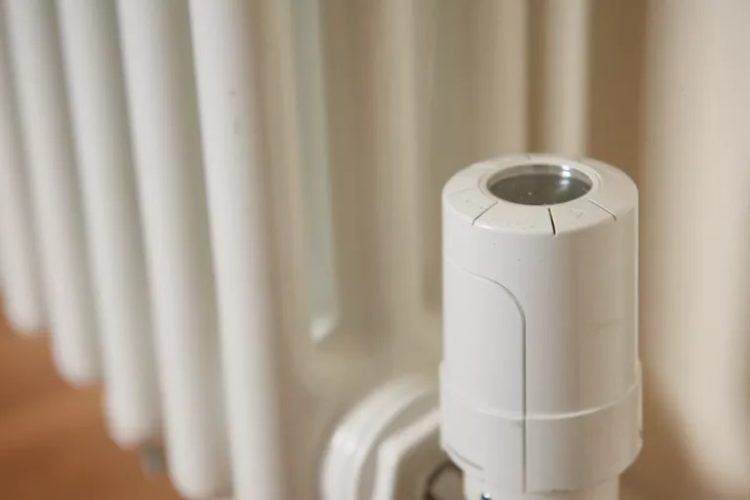Radiators will normally disappoint in the cold season mainly because that’s the one time we use them most. These heating systems require a little bit of maintenance by a professional but before then,it’s important doing a diagnosis and trying to find the root cause of its failure.
A quick look at the various parts of the heating system:
- A boiler – it’s the fundamental part of the heating system and has a continuous supply of oil
- Sealed combustion chamber – once a boiler is on, the oil gets in here and is set alight by an electric ignition system
- Heat exchanger – connected to a cold water pipe network which when infused heats the water in the pies and the heated water moves along the pipework system and while doing so distributes heat to a home.
Here are a few things you need to check one you realize your radiator is cold;
- Check that your room thermostat is set at an appropriate setting. They are meant to sense air temperatures within a certain premises. Once temperatures are below the thermostat settings then the central heating system should automatically go on.
- If your thermostat is digital or runs on batteries, ensure that the batteries are not drained as to require a replacement.
- If none of the above is the problem then there is a likelihood the problem could be with the boiler, or the pipework or even plumbing.
If your kitchen radiator is still cold even when the central heat system is on, here are a few reasons why it could be so;
- If part of your radiator is warm, say it is warm at the bottom and cold at the top; it could be due to having some trapped air bubble. Hot water that is supposed to rise to the top of the radiator is not able to because of the air trapped and that’s why the top part remains cold. This can however be rectified by bleeding the radiator. Installing an Auto vent valve is also a great way of removing trapped air.
- Now if only the top part gets hot and the bottom part does not, it could be due to a sludge problem. Sludge would normally stop a radiator from heating at the bottom since the heated water will tend to settle above the sludge. This problem can be remedied by removing the radiator and rinsing it thoroughly.
We are glad to announce that ADI Leak detection engineers are always up to the task. Theyhave a technology called Thermal Imaging; this can detect and view any damp or warm patches of your floors or walls and then carefully trace the hot or cold pipes through any surface.
See more details and tips about home renovations if you are looking to upgrade your home and modern living standards with modern designer furniture.


